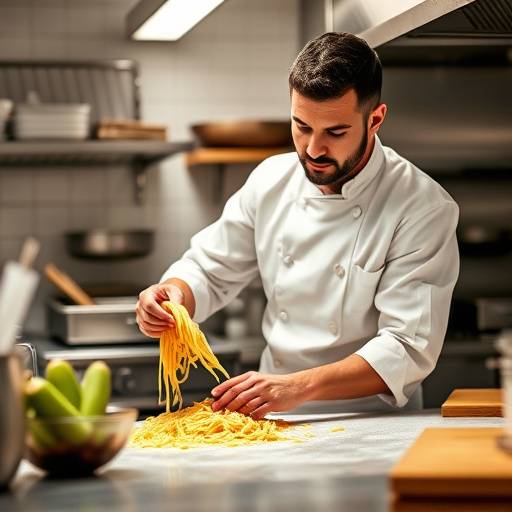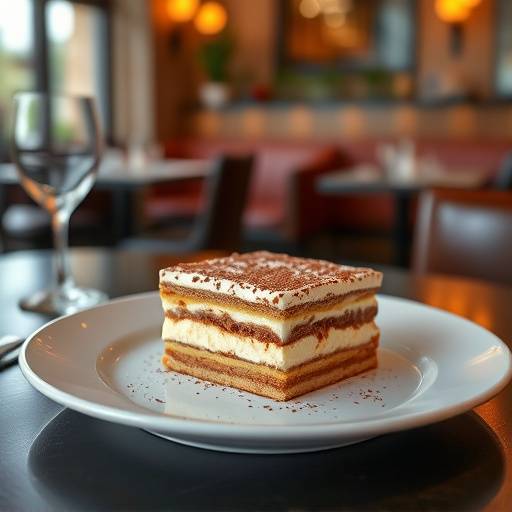The Art of Homemade Pasta: A Guide from Chef Alessandro
Chef Alessandro Rossi shares his secrets to crafting perfect homemade pasta, from selecting the right flour to mastering traditional techniques. Learn how to create restaurant-quality pasta in your own kitchen!
Pasta making is a deeply ingrained tradition in Italian cuisine, and at Ambrosia Bistro, we take pride in crafting each pasta dish with the utmost care and attention to detail. From the simple elegance of Spaghetti Aglio e Olio to the rich and comforting flavors of Tagliatelle Bolognese, pasta forms the heart of our menu. But what truly sets our pasta apart is that it's all made in-house, from scratch, using time-honored techniques passed down through generations.
Chef Alessandro, our founder and culinary visionary, firmly believes that homemade pasta elevates any dish to a new level of deliciousness. "There's a certain magic that happens when you combine the right ingredients with passion and expertise," he says. "Homemade pasta has a texture and flavor that you simply can't replicate with store-bought varieties."
In this blog post, Chef Alessandro generously shares his insights and techniques, guiding you through the essential steps of creating perfect homemade pasta in your own kitchen. From selecting the appropriate flour to mastering the art of kneading and shaping, you'll gain the knowledge and skills to impress your family and friends with authentic Italian flavors.
Choosing the Right Flour: The foundation of any great pasta lies in the flour you use. Chef Alessandro recommends using "00" flour, a finely ground Italian flour with a low protein content. This type of flour creates a delicate and silky smooth pasta dough. Semolina flour, derived from durum wheat, is another excellent option, particularly for heartier pasta shapes like orecchiette.
The Essential Ingredients: Beyond flour, the other essential ingredients for pasta dough are eggs (or water, for vegan options) and a pinch of salt. The ratio of flour to liquid is crucial, and Chef Alessandro advises starting with a 2:1 ratio of flour to eggs. "Don't be afraid to experiment and adjust the ratio slightly to achieve the perfect dough consistency," he encourages.
Mastering the Dough: Kneading the dough is perhaps the most critical step in the pasta-making process. It develops the gluten in the flour, resulting in a pasta that is both elastic and firm. Chef Alessandro recommends kneading the dough for at least 8-10 minutes, until it becomes smooth and supple. "Think of it as a workout for your dough," he says with a smile.
Shaping Your Pasta: Once your dough is ready, the possibilities are endless. From rolling it out thinly for tagliatelle to using a pasta machine to create ravioli, there's a pasta shape to suit every palate and occasion. Chef Alessandro's personal favorite is ricotta and spinach ravioli, a classic Italian comfort food that he elevates with fresh, seasonal ingredients and a fragrant sage butter sauce.
Read More

